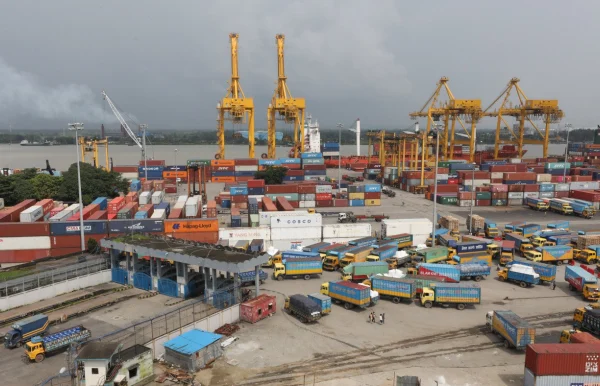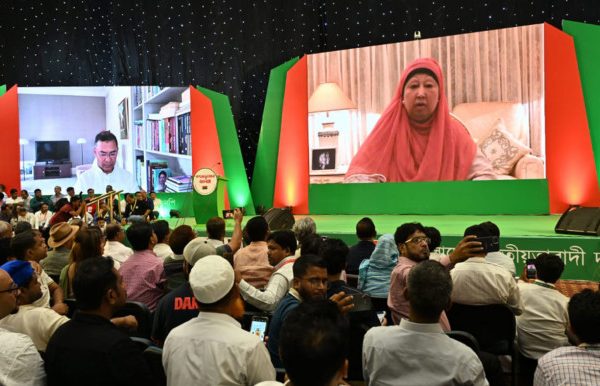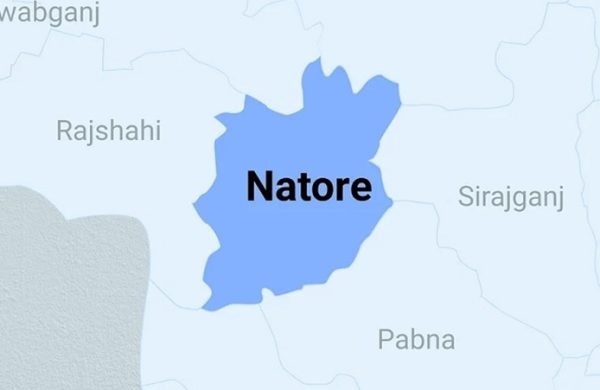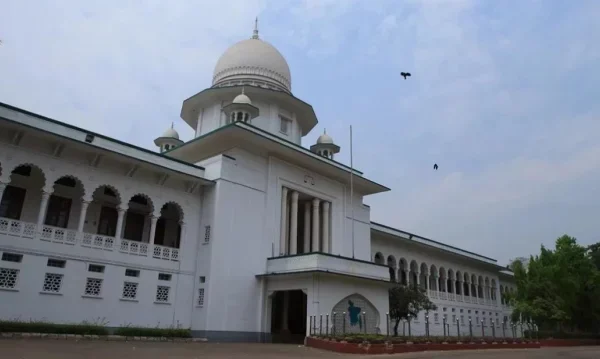Mango trade picks up in Rajshahi after Eid break
- Update Time : Tuesday, June 10, 2025
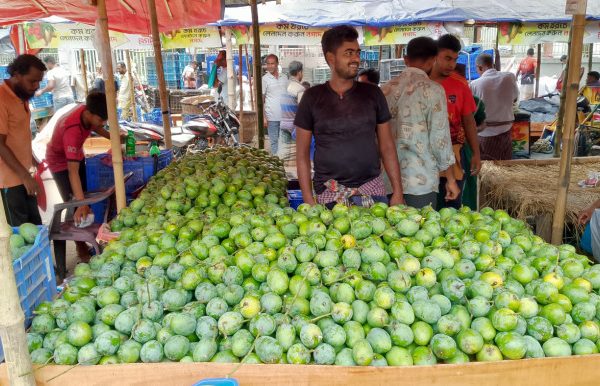
Rajshahi Correspondent:
Mango trading has started gaining pace again in Rajshahi, Chapainawabganj and Naogaon following the Eid-ul-Azha holidays. With the arrival of popular seasonal varieties like Langra, Khirsapat, Himsagar and Amrapali, local markets have begun to bustle with activity.
Before Eid, mango trading slowed significantly due to a focus on cattle markets, the closure of courier services and extended holidays from June 4 to 8.
Prices fell by Tk 400 to Tk 600 per mound in many areas. However, with business resuming, prices and demand are now gradually stabilizing.
Online sales through courier services are also rising. In recent years, these services have become essential for transporting mangoes to urban buyers. With their operations back in motion, traders expect the situation to normalize within a few days.
Major wholesale markets such as Baneswar, Shaheb Bazar, Horogram, Upashahar, Godagari, Kansat and Rohanpur are seeing increased activity. In addition to formal markets, many small traders are selling mangoes directly to consumers on roadsides and through rickshaw-vans, especially in residential areas. This has led to traffic congestion around marketplaces during morning hours.
Farmers are currently harvesting early-season varieties under the supervision of local administrations. Late-season varieties like Fazli, Ashwina, and BARI Mango-4 will enter markets soon, keeping the supply steady in the coming weeks.
According to traders, Langra and Himsagar are being sold at Tk 3,500 to Tk 4,500 per mound depending on size and quality, while native varieties are priced slightly lower.
The mango trade is a vital part of the regional economy. Over 2,65,000 farmers and orchard owners across Rajshahi, Chapainawabganj, Naogaon, and Natore are directly involved in cultivation. Additionally, about 1,30,000 people work in harvesting, packaging, transporting, and marketing.
Chapainawabganj expects about 4,50,000 tons of mangoes from 37,604 hectares of land this year. Naogaon is projected to produce around 4,32,000 tons from 30,300 hectares and Rajshahi district anticipates 2,60,000 tons from 19,602 hectares.
In a significant policy shift, mangoes will now be sold by the kilogram instead of the traditional “Dhalan” method. Under the Dhalan system, wholesalers purchased between 42 to 55 kilograms of mangoes per maund (officially 40 kg) but paid only for 40 kg, causing financial losses for farmers. Although previous attempts were made to abolish the practice, they were largely unsuccessful.
To address the issue, the divisional administration recently held a meeting with traders, farmers, and officials from Rajshahi, Chapainawabganj, Naogaon, and Natore. Chaired by Divisional Commissioner Khondoker Azim Ahmed, the meeting unanimously agreed to enforce kilogram-based trading. The new system has been in effect since Friday.
Commissioner Ahmed said all stakeholders must follow the new rule and support its implementation.
He warned that legal action would be taken against anyone attempting to continue the outdated Dhalan system. Local officials at the district and upazila levels have been instructed to closely monitor compliance and ensure that farmers benefit fully from the reform.


